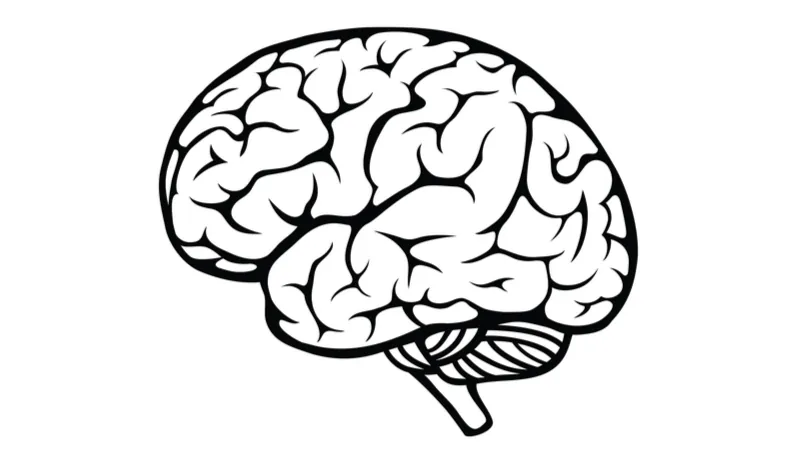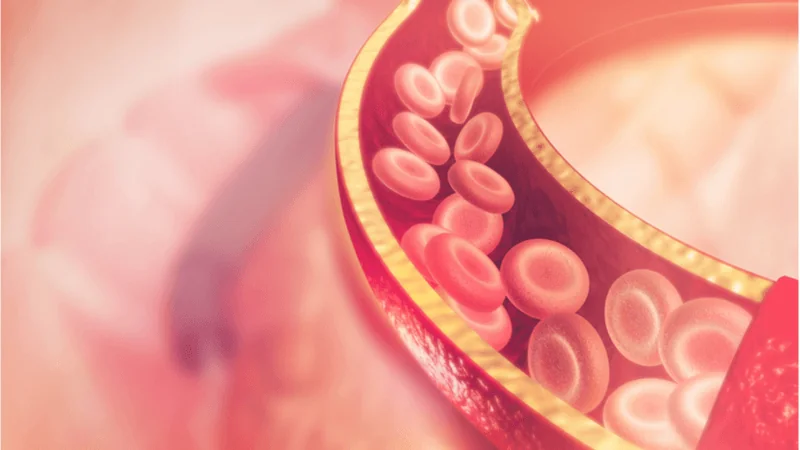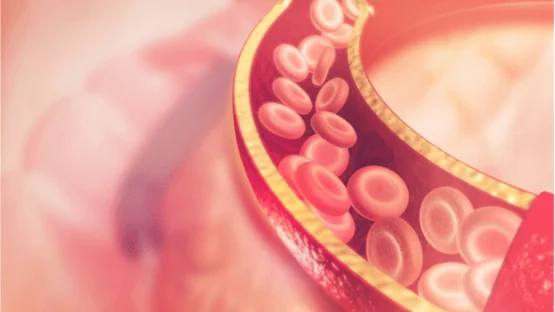A mouse study published in Aging Cell has outlined the similarities between artificially restricted cerebral blood flow and the reduced blood flow associated with aging.
Aiming to understand vascular dementia
Prior research has shown that reduced cerebral blood flow, known as hypoperfusion, results in vascular dementia and brain atrophy through multiple mechanisms, including neuroinflammation and mitochondrial dysfunction [1]. The researchers wanted to determine which genes and signaling pathways are involved in the destructive processes of hypoperfusion and how they relate to normal aging. They focused their study on the hippocampus, a critical part of memory, learning, and executive function that is strongly affected by vascular dementia.

Read More
Restricting blood flow to match aging
In this experiment, mice were subjected to bilateral common cortical artery stenosis (BCAS), a procedure that uses microcoils to artificially induce hypoperfusion, reducing the blood available to the brain. This procedure reduced the cerebral blood flow of young mice nearly exactly to that of old mice immediately afterwards, taking away roughly 30% of their cerebral blood flow and thus brain oxygen.
After 7 days, the blood flow of young mice had slightly increased, but this procedure resulted in substantial changes to their gene expression, particularly after 30 days. These genes included many critical functions of neurons along with fundamental metabolic processes, as their brains struggled to perform their function in a low-oxygen environment.
Interestingly, while the blood flow of older mice was further reduced by this procedure, they changed their gene expression substantially less than young mice did, and their blood flow returned closer to their norm. It is logical to conclude that, as their blood flow was already being restricted, the procedure caused few effects that had not already occurred.
The mitochondrial connection
Genes relating to fundamental aspects of the ribosome, the cellular machinery that engages in protein synthesis, as well as many genes related to mitochondrial integrity, were still different between young mice subjected to BCAS and normal old mice.
However, the researchers noted that young mice subjected to BCAS and normal old mice had similar gene expressions related to mitochondrial oxidation and, partially, the production of NAD+ from NADH and the basic synthesis of ATP, the energy our cells use to function. The mitochondria, the powerhouses of the cell, were prohibited from producing as much power as they normally would, both in BCAS and aging. Other similarly downregulated genes included heat shock proteins that serve neuroprotective functions.
This begs the question of how much of aging is caused by macro-scale physical processes that are caused by other aspects of aging. These results suggest this sort of causal chain: as some processes of aging cause ischemia, this limits critical oxygen flow to the brain, thus resulting in fewer neuroprotective proteins and increased mitochondrial dysfunction. More research is needed to see if this holds true in other tissues and in human beings.
Abstract
Vascular dementia (VaD) is a progressive cognitive impairment of vascular etiology. VaD is characterized by cerebral hypoperfusion, increased blood-brain barrier permeability and white matter lesions. An increased burden of VaD is expected in rapidly aging populations. The hippocampus is particularly susceptible to hypoperfusion, and the resulting memory impairment may play a crucial role in VaD. Here we have investigated the hippocampal gene expression profile of young and old mice subjected to cerebral hypoperfusion by bilateral common carotid artery stenosis (BCAS). Our data in sham-operated young and aged mice reveal an age-associated decline in cerebral blood flow and differential gene expression. In fact, BCAS and aging caused broadly similar effects. However, BCAS-induced changes in hippocampal gene expression differed between young and aged mice. Specifically, transcriptomic analysis indicated that in comparison to young sham mice, many pathways altered by BCAS in young mice resembled those already present in sham aged mice. Over 30 days, BCAS in aged mice had minimal effect on either cerebral blood flow or hippocampal gene expression. Immunoblot analyses confirmed these findings. Finally, relative to young sham mice the cell type-specific profile of genes in both young BCAS and old sham animals further revealed common cell-specific genes. Our data provide a genetic-based molecular framework for hypoperfusion-induced hippocampal damage and reveal common cellular signaling pathways likely to be important in the pathophysiology of VaD.
Conclusion
While this study builds on our knowledge of the effects of long-term hypoperfusion on gene expression and makes strides in uncovering the mechanisms behind vascular dementia, it also pointedly illustrates just how much damage aging actually causes. To cause a young mouse to suffer the same amount as an old mouse in just one way, researchers must squeeze the arteries going to its brain. The old mouse still has many more medical problems that lead to dysfunction and death; to cause a young mouse to suffer all the problems of an old mouse through surgery would be both inhumane and impossible.
Meanwhile, ischemic stroke, vascular dementia, and many more crippling and fatal age-related diseases are occurring, right now, in hundreds of millions of human beings around the world.
Literature
[1] Aliev, G., Obrenovich, M. E., Smith, M. A., & Perry, G. (2003). Hypoperfusion, mitochondria failure, oxidative stress, and Alzheimer disease. Journal of Biomedicine and Biotechnology, 2003(3), 162-163.



